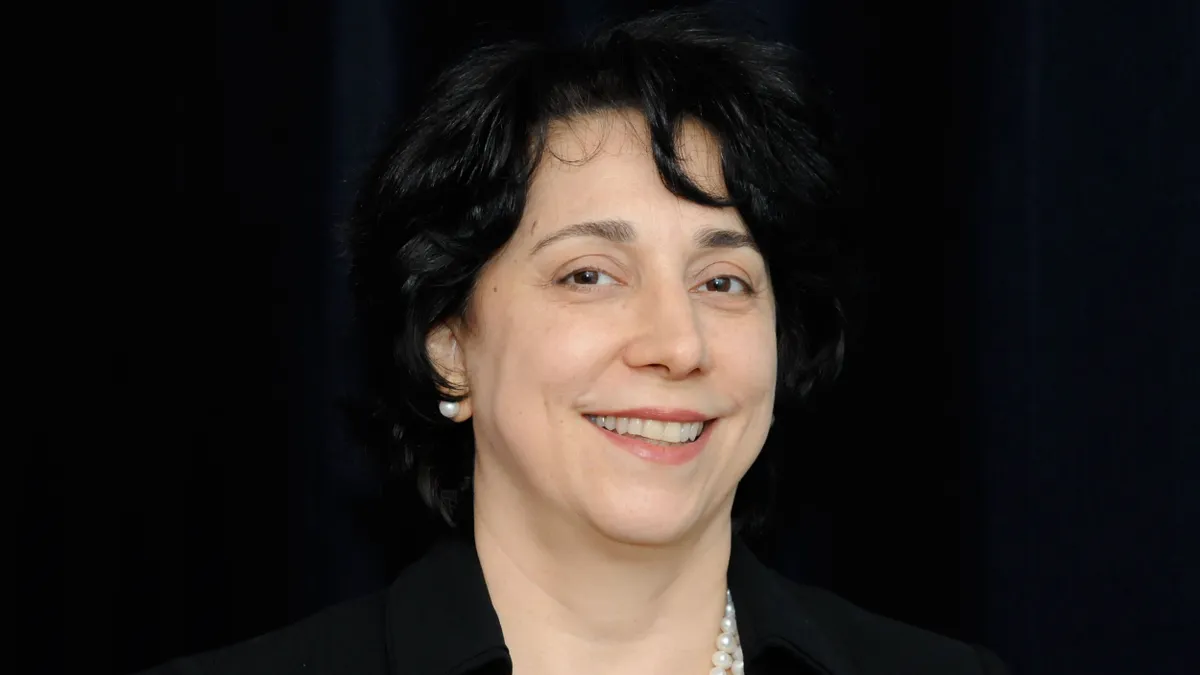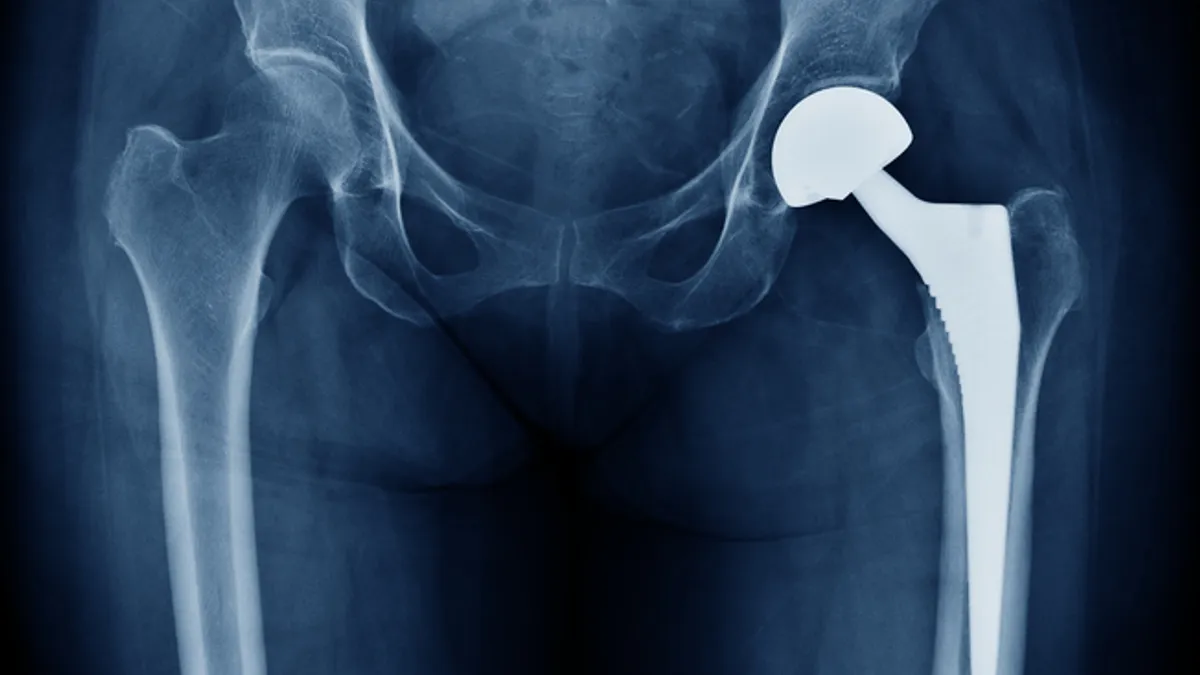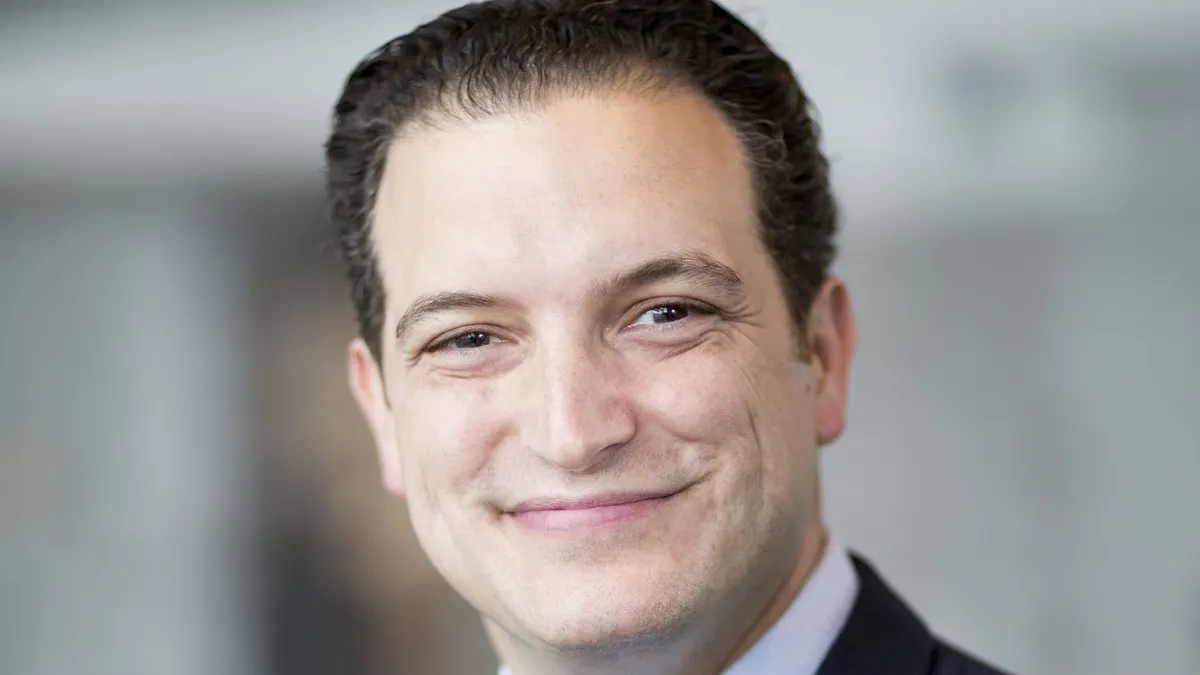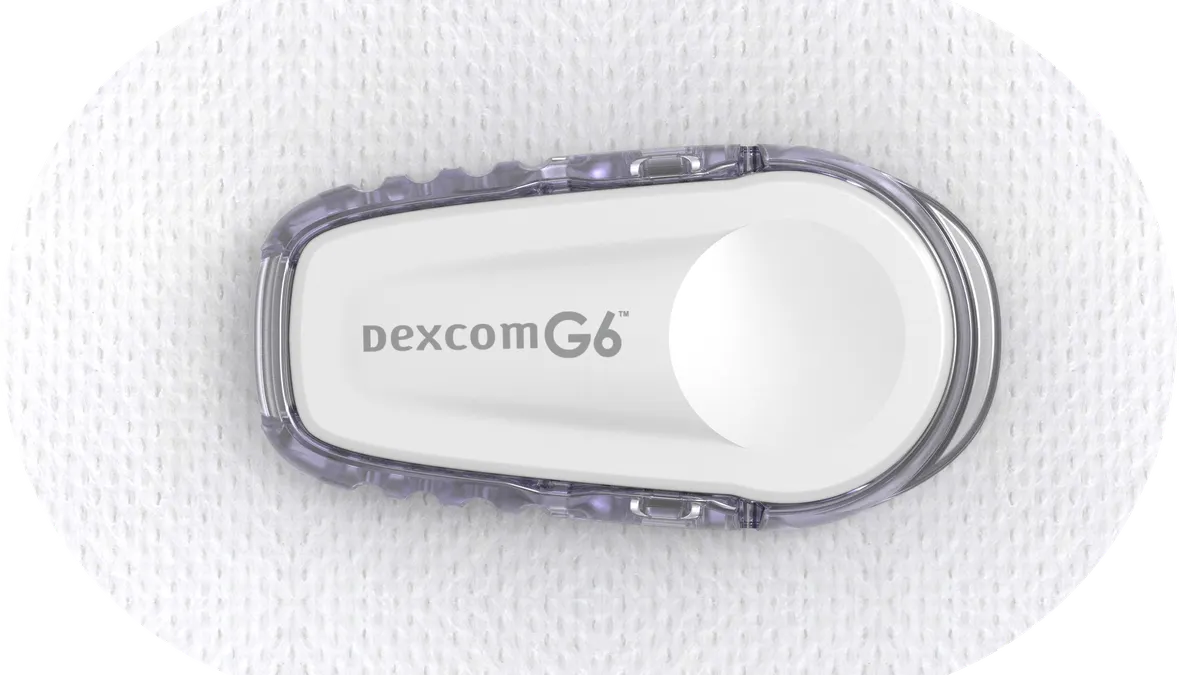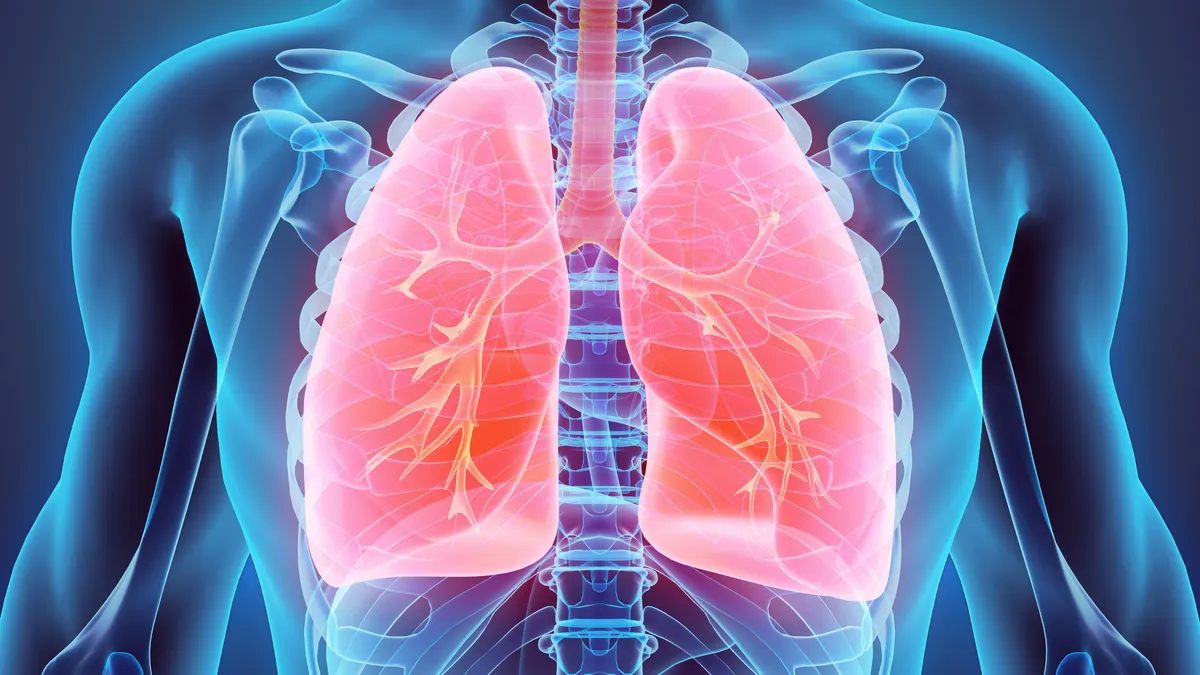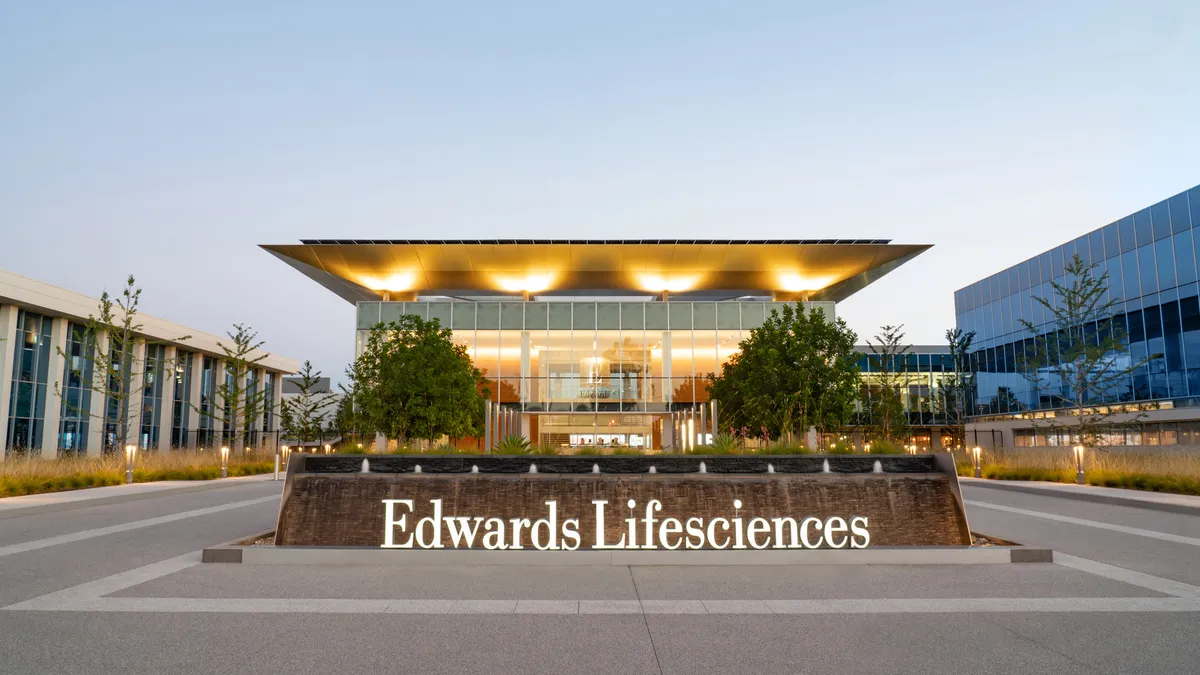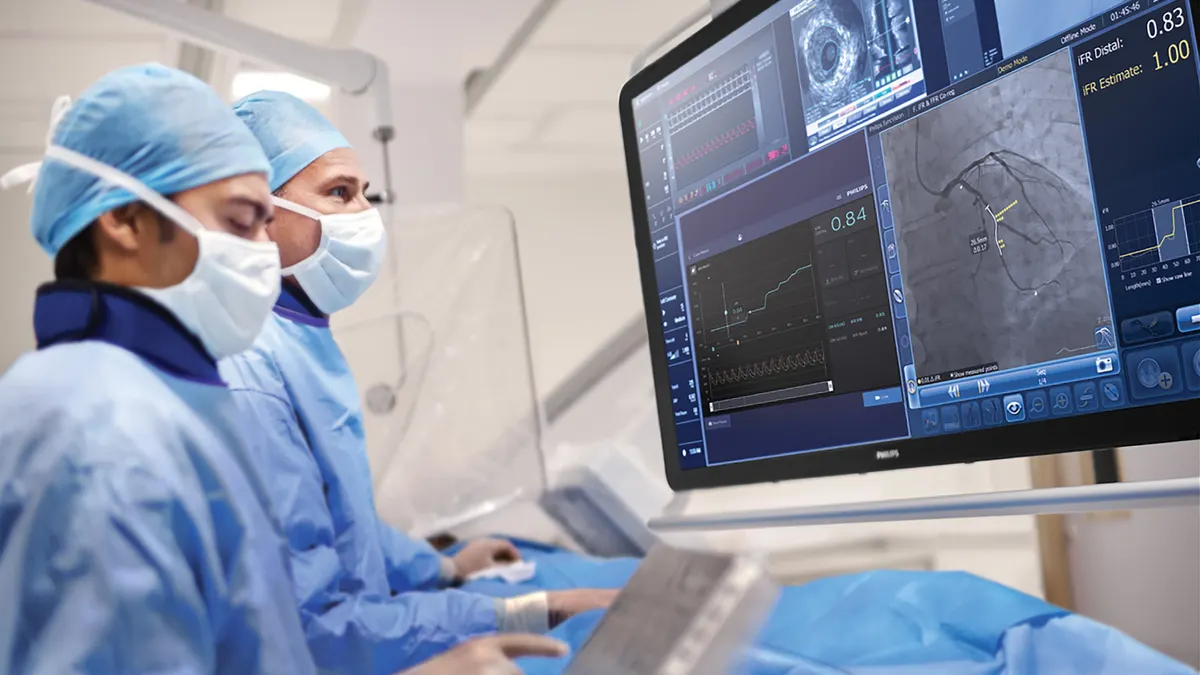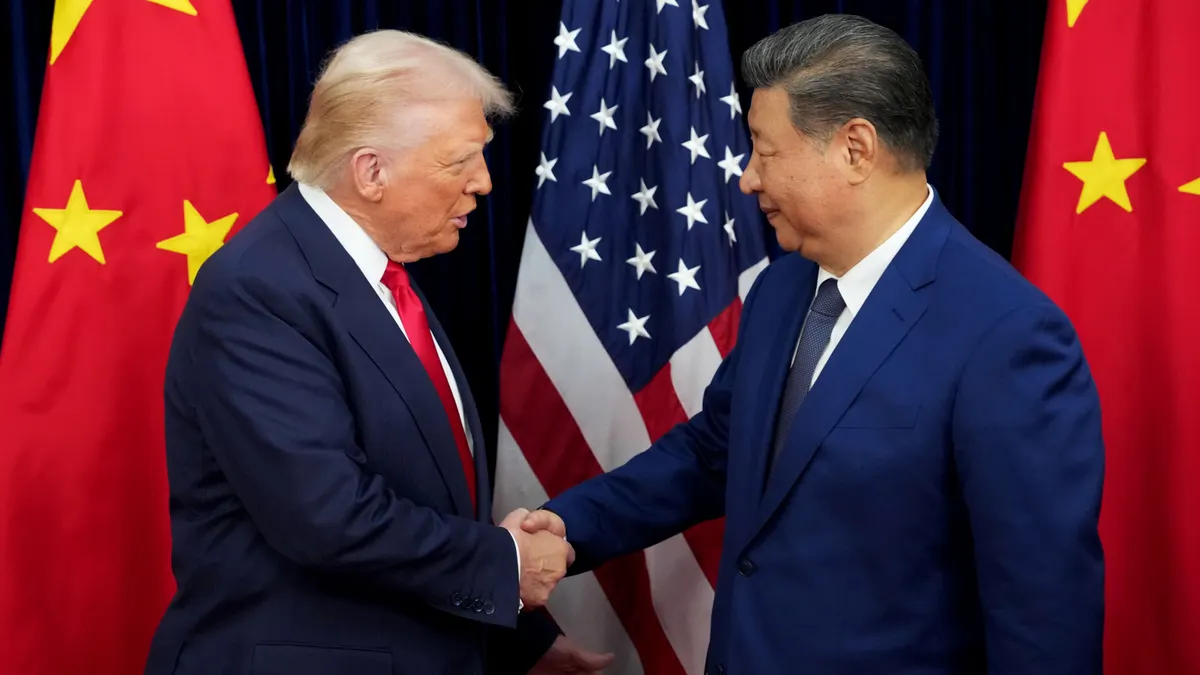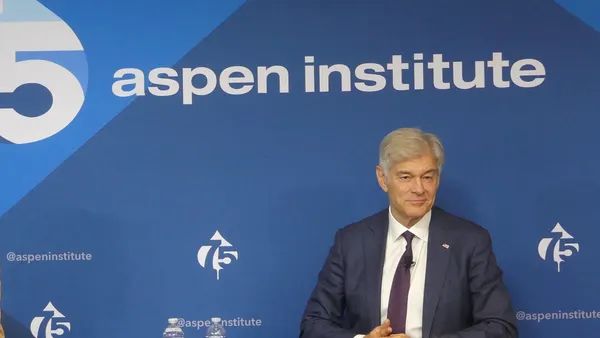A collaboration between a children’s hospital and the Food and Drug Administration aims to address challenges in developing medical devices for children and infants.
Children’s National Hospital in Washington, D.C., struck a five-year research collaboration with the FDA’s Office of Science and Engineering Laboratories (OSEL) to build regulatory science tools to help evaluate pediatric devices.
The partners will use de-identified clinical data, multimodal imaging and machine learning to develop open-source tools that can be used to design and test devices more efficiently.
Currently, few high-risk devices are labeled for pediatric use, leading to devices being used off-label in younger patients or limited treatment options.
Kolaleh Eskandanian, chief innovation officer at Children’s National Hospital, hopes the partnership will help pediatric devices come to market faster and contribute to their safety and efficacy.
MedTech Dive spoke with Eskandanian about the challenges of bringing pediatric devices to market and the partnership’s initial focus.
This interview has been edited for length and clarity.
MEDTECH DIVE: Why did you embark on this partnership with the FDA?
KOLALEH ESKANDANIAN: It boils down to the fact that innovation in pediatric medical devices lags behind that of adults by at least 10 years.
The pediatric market is small, and there are simply not enough incentives for the industry and innovators of medical devices to focus on the pediatric market. We don’t see enough devices specifically evaluated in children and labeled for the pediatric population.
Part of the challenge is that when we conduct studies, we have to work with very limited datasets.
What incentives are pediatric device developers missing?
Drug developers are asked by the FDA whether their drug was also tested in the pediatric population, but the equivalent of that does not exist for medical devices.
The type of incentives that have been made available for drugs and biologics developers have contributed a lot to reducing off-label use. In devices, we don't have those types of incentives, and therefore the off-label use of devices has become so widespread that often we don't even think about it.
Often clinicians have no choice but to use the device off-label, but that’s not ideal in terms of safety, because if there is an adverse event, they are not obligated to report that.
What challenges are you hearing about from device developers?
Children’s National is one of five medical pediatric device consortia in the country. We've worked with the startup community, with sponsors of medical devices. And the type of challenges that we see are not the technology, but the clinical validation is really important.
Companies come to us time and again because they’re interested in being matched with a clinical champion at Children’s National, and it’s the clinical validation and market access — understanding what hospitals need and how the hospital supply chain works. We are uniquely positioned to provide that type of support to startup companies.
That’s why these regulatory tools become so important, because they can add a layer of predictability. By the time the device comes for first-in-human use, we have to de-risk it a lot and we can be quite confident about how this device could work in humans for the first time.
How can the regulatory science tools you mentioned help address these challenges?
We provide insight into device performance and safety in silico. That, in part, addresses the fact that we are not working with large samples. The more predictable we can be, the less we depend on large datasets.
One is improving that layer of predictability in terms of performance of the device in subsequent clinical trials. And because we are dealing with very rare and complex conditions where patient recruitment is a challenge for traditional trials, we use in silico clinical trials to fill that gap.
How do in silico trials work?
In silico clinical trials, it’s an AI and mathematical modeling methodology.
OSEL is interested in collaborating with Children’s National because we have access to medical imaging modalities such as MRI, CT, ultrasound that we can provide to OSEL so they can create accurate representations of human anatomy. And they can create mathematical models and incorporate those models against the physiological behavior. That’s all based on this data that we gather and provide to OSEL.
The very first project that we are going to embark on is related to developing pediatric brain tumor models. We don’t have accurate animal models, and we want to reduce the use of animal models, so in silico models replace the traditional way that scientists know how to use pre-clinical models.
What types of devices could this pediatric brain tumor model be helpful for?
Devices for neuromodulation, for example. Certain diagnostic testing; if we could come up with a non-invasive way to measure intracranial pressure, that would be the holy grail that does not exist in pediatric care.


